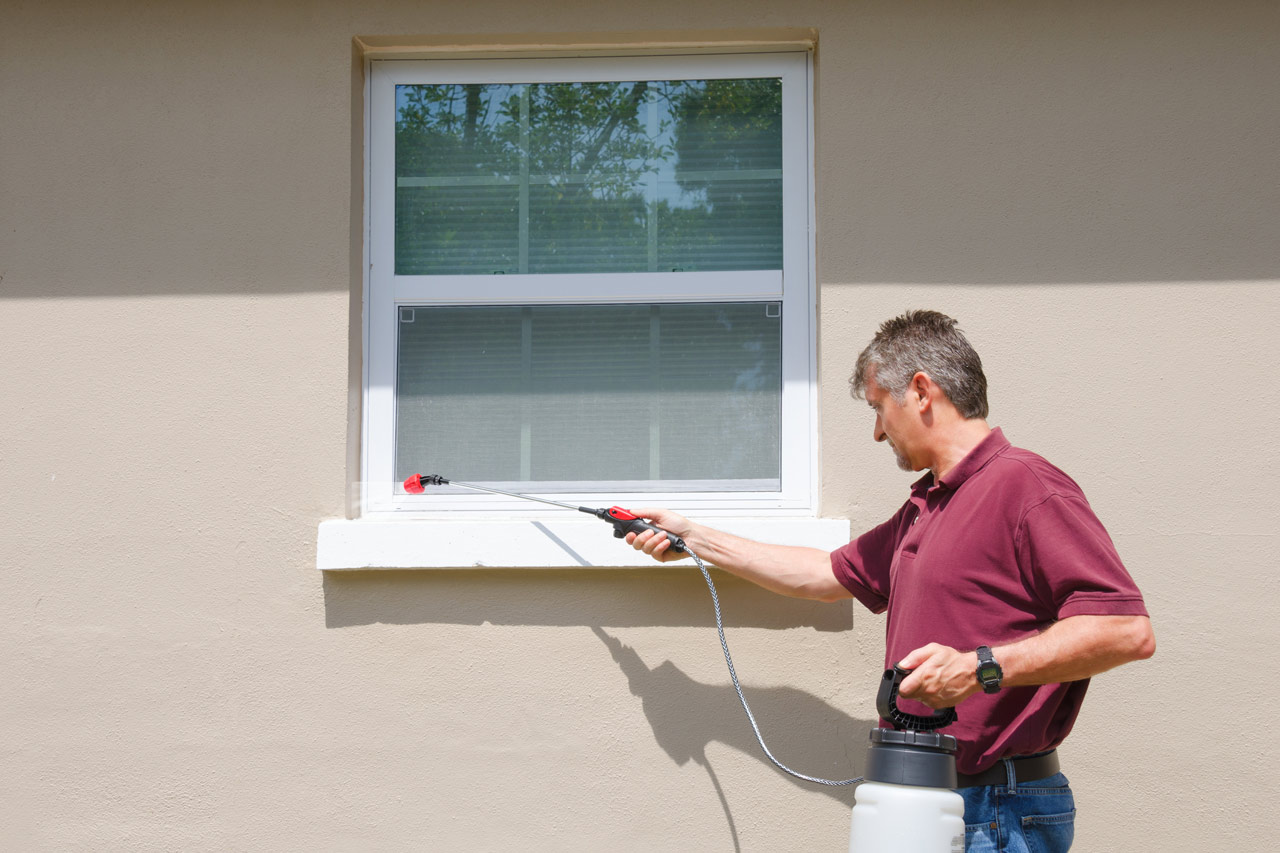
Use this guide to budget for spider extermination costs based on factors such as treatment area size, treatment frequency, infestation level, and more.
Pest control companies get rid of lanternflies and provide ongoing treatments, using EPA‑approved methods and regulated basal trunk sprays to manage widespread infestations and protect your yard


To remove lanternflies from your property, call a pest control company for large, fast-spreading infestations.
Key price drivers often include infestation size, monthly spray needs, and yearly basal treatments.
The benefits of working with a pro include faster control, ongoing monitoring, and compliance with regulations that homeowners cannot meet.
Monitor roses, grapes, birch, willows, maple, and sumac for activity between visits and schedule a follow-up service if necessary.
This article was created using automation technology and thoroughly fact-checked and edited by HomeAdvisor Editor Ryan Noonan.
If you’re wondering who to call to get rid of lanternflies, contact a pest control company. These pros handle large infestations and ongoing treatments. Lanternflies often live in maple and pine trees, so you may see them in your yard. Professionals apply EPA‑approved treatments and are legally allowed to use basal trunk sprays.
Use this quick hiring guide to confidently choose a pest control company to eliminate your infestation.
Professional help controls fast‑spreading infestations before they overrun your trees and shrubs. Pest control companies use EPA‑approved products and pro‑grade tools to treat larger areas more effectively. They also set ongoing service schedules to limit reinfestation. Importantly, they comply with regulations, including the legal application of basal trunk sprays homeowners cannot use.
Here are some of the top benefits of working with a pest control company:
Rapid suppression of widespread infestations
Access to EPA‑approved chemical treatments
Professional tools for efficient coverage
Scheduled monthly treatments during warm months
Legal application of basal trunk sprays
Initial on-site consultation and plan
Ongoing monitoring to prevent spread
Focus on the plants lanternflies target
Fewer missed nests and hiding spots
If you have a large or persistent infestation, consider a pest control company near you to ensure the job is done safely and effectively.
DIY lanternfly removal works for small, active infestations you can safely reach. You can spray undiluted vinegar directly on adult or nymph lanternflies for contact kill or apply insecticidal soap to trees and shrubs showing activity. Use a soap‑and‑water mix—1/4 cup per quart—to spray insects, and vacuum visible lanternflies, disposing of debris properly.
DIY trade-offs include limited reach, inconsistent results, and a lack of a set schedule. You do not have access to EPA‑approved professional products, and you cannot legally apply basal trunk sprays. Without ongoing professional monitoring, nests and hotspots are more likely to go unnoticed as populations spread.
Large or expanding infestations require professional treatment with tools and methods homeowners cannot legally or effectively use.
Pros follow a multi‑step plan that combines assessment, treatment, and monitoring. They use professional‑grade tools and EPA‑approved products to reduce populations and protect vulnerable plants. Treatments often occur during warmer months when activity increases, and yearly basal sprays target nests on tree trunks. Because infestations expand quickly, the process is best left to pest control companies who can deliver consistent coverage and follow‑up.
Here’s a look at the standard removal and prevention process:
Consultation: A technician evaluates infestation size and intensity during an on‑site visit and provides a treatment quote and plan.
Monthly sprays: During warmer months, pros treat infested plants and trees to kill nests and existing lanternflies and limit spread.
Yearly basal treatment: They apply a basal spray herbicide at the stem bases of infested plants or trees to target nests annually.
Ongoing monitoring: Pros watch roses, grapes, certain birch trees, willows, maple trees, and sumac, adjusting service as needed.
Pest control services cost $50 to $500, depending on the extent of the infestation and removal method used. Bigger infestations require more labor and equipment, which increases costs. One-time visits run from $300 to $550, while monthly follow-ups cost $40 to $70.
From average costs to expert advice, get all the answers you need to get your job done.

Use this guide to budget for spider extermination costs based on factors such as treatment area size, treatment frequency, infestation level, and more.

Discover how much squirrel removal costs based on factors like the method used, the amount of squirrels in your home, and the infestation location.

Budget for pest control costs based on factors such as pest type, infestation severity, service frequency, accessibility, labor, treatment type, and more.

Discover who to call to get rid of bed bugs. Learn when to hire a pest control company or an exterminator, and what to expect from professional removal.

Budget for termite inspection costs based on factors such as treatment type, property size, inspection type, severity, documentation, and more.

Find who to call to get rid of roaches. Learn when to hire a cockroach exterminator or pest control, and what it costs and entails.